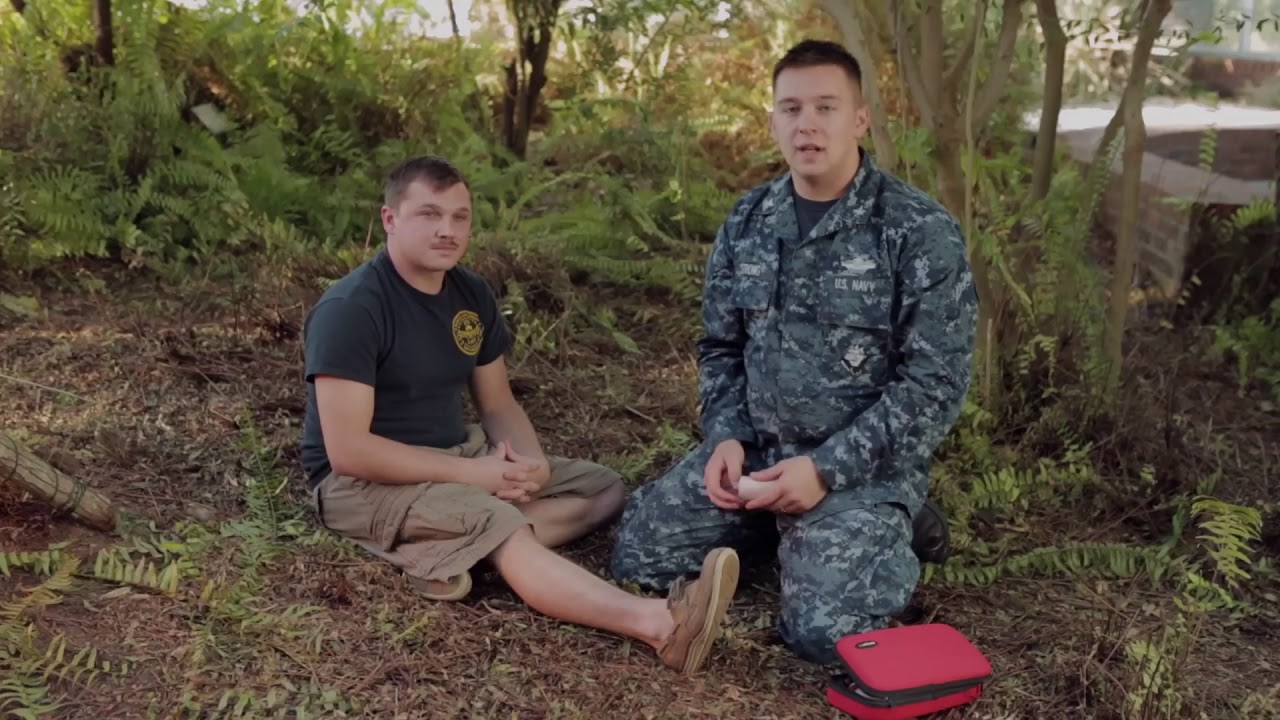Understanding First Aid Basics is crucial for ensuring the safety and well-being of your family. Emergencies can happen at any moment, whether you are at home, on a family outing, or traveling. Being prepared and knowing how to respond appropriately can make all the difference. This article will guide you through essential first aid concepts and practical tips that every family should know to protect themselves and their loved ones.
First Aid Basics

Every parent should have a firm grasp of First Aid Basics. This foundational knowledge not only prepares you for potential emergencies but also instills confidence in your ability to care for your family during stressful situations.
Understanding the main principles of first aid is the first step toward being an effective caregiver. These basics include recognizing emergency situations, knowing how to assess them, and determining appropriate actions to take until professional help arrives. The primary goals of first aid are to preserve life, prevent further injury, and promote recovery.
Recognizing Emergencies
Recognizing an emergency is paramount in providing effective first aid. Not all injuries require immediate medical assistance, so differentiating between minor incidents and serious conditions is vital. Some common signs that indicate a situation requires urgent intervention include:
- Severe bleeding
- Unconsciousness or altered level of consciousness
- Difficulty breathing
- Chest pain or pressure
- Signs of stroke (e.g., sudden numbness or weakness on one side of the body)
You must remain calm and composed when assessing the situation. Panic can cloud judgment, making it difficult to evaluate what needs to be done. Training your mind to respond quickly without succumbing to anxiety is essential for effectively managing emergencies.
Assessing the Situation
Once you’ve recognized an emergency, the next step is to assess the situation. Begin by ensuring your own safety; don’t rush into a dangerous environment. Then, approach the victim and check for responsiveness. Ask questions such as, “Can you hear me?” or “Are you okay?” Observe their condition, looking for signs like heavy bleeding, shallow breathing, or severe pain.
If the individual is responsive, ask them about their symptoms and previous medical conditions. This information can help guide your first aid response. In cases where the person is unresponsive, begin implementing basic life support techniques if necessary, such as initiating CPR or calling for emergency services.
Basic First Aid Techniques
Having a repertoire of basic first aid techniques at your disposal can significantly increase your ability to handle various situations. Some fundamental skills include:
- CPR (Cardiopulmonary Resuscitation): Essential for responding to cardiac arrest. Knowing how to perform CPR can save a life. It involves chest compressions and rescue breaths, which help maintain blood flow and oxygenation to vital organs until emergency responders arrive. Familiarize yourself with the steps, practice regularly, and consider taking a certified course.
- Wound Care: Treating cuts and scrapes properly can prevent infections and promote healing.
Start by cleaning the wound gently with soap and water, pat it dry, and apply an antiseptic. Cover with a sterile bandage to protect it from dirt and bacteria. Always monitor for signs of infection, such as increased redness, swelling, or discharge.
- Choking Relief: Learning how to assist someone who is choking is critical.
The Heimlich maneuver, or abdominal thrusts, can dislodge an obstruction blocking a person’s airway. Stand behind the individual, place your arms around their waist, and deliver quick inward and upward thrusts to create pressure that expels the object causing the blockage.
- Burn Treatment: Knowing how to treat burns can minimize damage and discomfort.
For minor burns, cool the area under running water, covering it with a clean, non-stick dressing afterward. Avoid ice or very cold water, as they may cause further tissue damage. For severe burns, seek medical attention immediately.
Equipping yourself with these First Aid Basics provides invaluable peace of mind for families. Mastering these techniques can empower each family member to act decisively in times of crisis.
Essential First Aid Tips for Families at Home and on the Go
The home is where families experience comfort, love, and connection, but it can also be the setting for unexpected accidents. Understanding Essential First Aid Tips for Families at Home and on the Go ensures you’re always ready to respond effectively to emergencies.
Creating a safe environment and having a plan in place is key to minimizing risks and enhancing your family’s overall safety. Equip yourself with knowledge so that whether at home or out in the world, you can confidently manage any situation that arises.
Creating a First Aid Kit
A well-stocked first aid kit is the cornerstone of any family’s safety strategy. Ensure that everyone knows its location, and periodically check its contents to replace expired items.
Your family first aid kit should include:
- Adhesive bandages of various sizes
- Sterile gauze pads and adhesive tape
- Antiseptic wipes and ointment
- Tweezers and scissors
- Disposable gloves
- Instant cold packs
- Pain relievers and allergy medications
Consider adding specialized items based on your family’s unique needs, such as an epinephrine auto-injector for severe allergies. Customizing your first aid kit not only addresses specific concerns but also reinforces your commitment to your family’s health.
Involving children in assembling the first aid kit can foster awareness and responsibility. Teach them the purpose of each item and how to use it properly. This hands-on experience can enhance their understanding of safety and preparedness while building valuable life skills.
Emergency Response Planning
Families should create a comprehensive emergency response plan that outlines specific steps to follow during different scenarios. Discuss potential emergencies, such as fire, severe weather, or medical emergencies, and determine roles and responsibilities for each family member.
Conduct regular drills to practice the plan, emphasizing communication and coordination. Establish a safe meeting point outside your home in case of evacuation. Ensure that every family member has important phone numbers saved in their phones, including emergency services, nearby hospitals, and family contacts.
Training sessions for basic first aid skills can be incorporated into your routine. This creates opportunities for learning and bonding while ensuring that each member feels confident and empowered in a crisis.
Identifying Common Household Hazards
Home safety starts with identifying potential hazards that could lead to accidents. Conduct a thorough assessment of your living space and look for danger zones such as:
- Sharp objects within reach of young children
- Medications stored in unlocked cabinets
- Slip hazards like loose rugs or wet floors
Taking proactive measures to eliminate these hazards is crucial. Implement childproofing strategies, store hazardous materials securely, and educate your family about basic safety rules.
Regularly revisiting these safety measures helps keep risks low. Encourage open discussions about safety practices, inviting children to share their observations and suggestions. By cultivating a culture of awareness, you empower your family to prioritize safety both at home and beyond.
Preparing for Family Outings
Whether it’s a day at the park or a long road trip, preparation is key to ensuring your family’s safety away from home. Before heading out, consider packing a mini first aid kit with essential supplies tailored for travel. This should include:
- Band-aids and antiseptic wipes
- Pain relievers
- Sunscreen and insect repellent
- Hydration solutions for heat-related issues
Educate your kids about outdoor safety and the importance of staying aware of their surroundings. Discuss strategies for avoiding common injuries—like wearing suitable footwear, not running near playground equipment, and using caution near water.
When out and about, instill good habits regarding hand hygiene. Teach your children to wash their hands frequently and avoid touching their faces, especially before eating. As foodborne illnesses can occur during outings, carry hand sanitizers and wipes to ensure cleanliness.
Be prepared for unforeseen circumstances. Have a plan for how to address minor injuries, such as cuts or scrapes, as well as more significant emergencies. Role-playing some common scenarios can help family members feel ready to act when it matters most.
Conclusion
Incorporating First Aid Basics into your family’s daily life is an empowering endeavor. Not only does it equip you with vital skills to manage emergencies, but it also fosters a culture of safety and preparedness within your household.
By creating a well-stocked first aid kit, developing an emergency response plan, and identifying household hazards, you can create a safer environment for your loved ones.
Whether at home or on the go, knowing how to handle emergencies with confidence is an invaluable gift you can give your family. Take time to revisit and practice these Essential First Aid Tips for Families at Home and on the Go, ensuring that everyone remains informed and equipped to deal with any situation that arises. Your family’s safety is worth the investment of time and effort, leading to a secure and nurturing environment for all.
Camping Checklist: Essential Items for Your Outdoor Adventure

